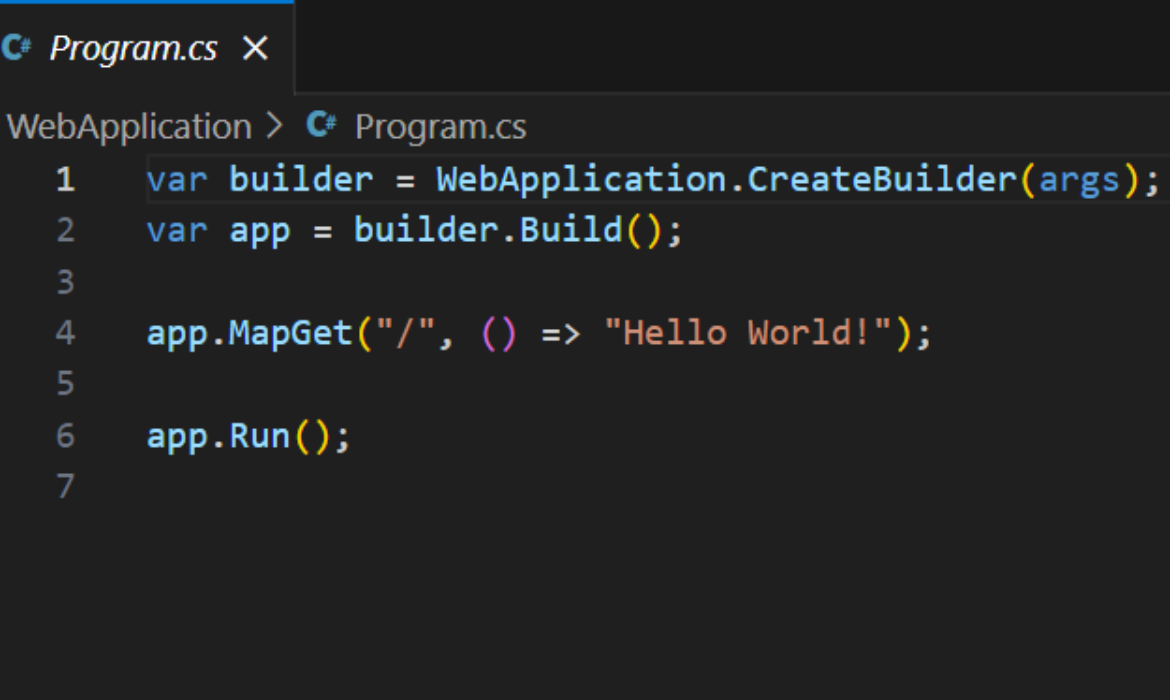
Strengthening Web Application Security: Implementing Server-Side Validation
In the realm of web application development, ensuring the security and integrity of user inputs is paramount. While client-side validation plays a crucial role in providing immediate feedback to users, it should not be the sole line of defense. Server-side validation is essential to protect your application from potential security breaches and ensure data integrity. This blog delves into the importance of server-side validation, highlighting a common security flaw and offering best practices to safeguard your applications.
The Pitfall of Client-Side Validation Alone
Consider a scenario where a General Diary registration form in an ASP.NET C# web application requires a minimum of 10 characters in the “Brief General Diary” field due to client-side validation. However, if the server-side validation is not implemented, an attacker can manipulate the POST parameter txtGDEntryDetails to bypass this restriction by submitting just 4 characters. As a result, the form gets submitted successfully, exposing the application to potential security threats.
Why Server-Side Validation is Crucial
- Enhanced Security: Client-side validation can be easily bypassed by disabling JavaScript or manipulating HTTP requests. Server-side validation ensures that all inputs are thoroughly checked before processing, making it harder for attackers to exploit vulnerabilities.
- Data Integrity: Server-side validation guarantees that the data stored in the database meets the required criteria, preventing data corruption and maintaining the integrity of your application’s data.
- Consistent Validation: Server-side validation provides a consistent and centralized way to enforce validation rules across the application, ensuring that all forms and inputs adhere to the same standards.
- Reduced Risk of Attacks: By validating inputs on the server side, you can mitigate the risk of various attacks, such as SQL injection, cross-site scripting (XSS), and buffer overflow attacks.
Best Practices for Implementing Server-Side Validation
- Validate All Inputs: Ensure that every user input is validated on the server side, regardless of whether it has already been validated on the client side. This includes form fields, query parameters, and any data received from external sources.
- Use Built-In Validation Controls: Leverage the built-in validation controls provided by frameworks like ASP.NET to enforce data type checks, range constraints, and format validations.
- Implement Custom Validation Logic: For complex validation requirements, implement custom validation logic on the server side. This allows you to enforce business rules and ensure that inputs meet specific criteria.
- Sanitize Inputs: In addition to validation, sanitize inputs to remove potentially harmful characters and prevent injection attacks. Use libraries and functions that are designed to handle input sanitization securely.
- Provide Meaningful Error Messages: When validation fails, provide users with clear and meaningful error messages. This improves the user experience and helps users correct their inputs.
- Log Validation Failures: Log all validation failures on the server side to monitor potential attack attempts and identify patterns that could indicate security threats.
Conclusion
Server-side validation is a critical aspect of web application security that should not be overlooked. While client-side validation enhances the user experience by providing immediate feedback, it is not sufficient to ensure the security and integrity of your application. Implementing robust server-side validation protects against malicious input, maintains data integrity, and mitigates the risk of various attacks.
To secure your ASP.NET C# web applications, validate all user inputs on the server side, use built-in validation controls, and implement custom validation logic where necessary. By following these best practices, you can fortify your application against potential threats and ensure a safe and reliable user experience.
For more insights on web application security and best practices, follow our blog and stay updated with the latest trends and techniques in cybersecurity.


